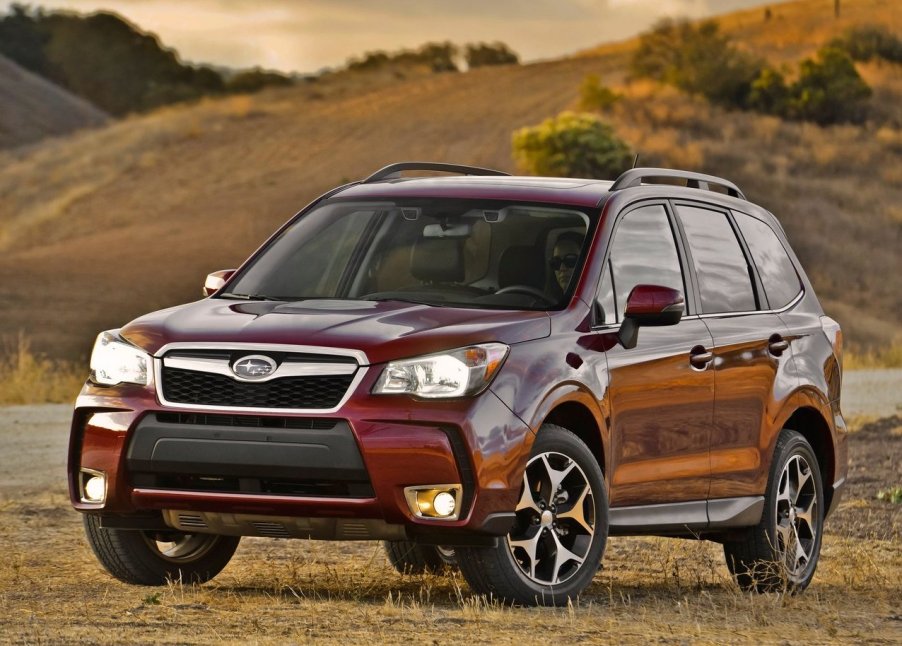
The Two Safest Crossovers Have A Major Similarity
The results are in. We have an official list of the safest crossovers. This information could make a difference in picking the best option for protecting your family or not. However, you should have some flexibility when deciding because the top two safest options have something major in common.
The Top Two Safest Crossovers Are Both Subarus
The top two safest crossovers are all Subaru models! These Subies dominate the list, putting Mazda crossovers and other options like the Acura RDX to shame because Subaru isn’t settling for only first place. They claimed second places as well.

The Subaru Crosstrek Hybrid Is Incredibly Safe
The Subaru Crosstrek Hybrid comes in at number two on the list of safest crossovers for a variety of reasons.
Only the Hybrid version of the Crosstrek is an Insurance Institute for Highway Safety (IIHS) Top Safety Pick+ award because it’s the only option with enhanced LED lights. They are part of the Subaru Active EyeSight active safety package.

They enable drivers to see much more clearly at night and during darker, cloudy conditions. The optional LED headlights are available on the highest Crosstrek trim options. However, they do not qualify because the lights aren’t standard across the board.
During crash simulations, the Subaru Crosstrek Hybrid scored extremely high in areas such as roof strength, child seat latches being easy to use, side strength, driver and front passenger overlap safety during head-on collins, and more.
The Crosstrek Hybrid scored exceptionally high for its ability to protect the head and chest during collins. Also, the risk of getting a leg or lower-body injuries is very low.
The Subaru Forester Is The Safest Crossover
The Subaru Forester ranked number one on the list of the safest crossover options. It’s a Top Safety Pick as well.

The Subaru Forester received a redesign in 2019 to become safer than ever before and scores with superior safety ratings in multiple categories, including driver and front passenger collision overlap, roof strength, side strength, and more.
Its standard collision safety system was able to stop to prevent collisions and was able to avoid hitting pedestrians as well.
The Subaru Forester was able to stop in time to avoid a collision at 12 mph and 25 mph. There seemed to be about 3.3 seconds of warning time that allowed the Subaru to stop in time safely.
Other optional safety features include daytime running lights, optional blind-spot detection, standard lane departure warning, and standard lane departure prevention.
When traveling at 40 mph toward a barrier, realistic crash test dummies were kept very safe in the Subaru Forester. They were protected from head, chest, hip, tight, lower leg, and foot injuries.

To keep the kiddos safe in their child seats, the Subaru Forester has three available locations in the backseat with one anchor latch that can be moved. The latch is easy to find and can’t be buried in the seat too deep.
The anchors are also easy to move and easy to attach without much force. So along with being safe for kids, the Forester is also convenient.



